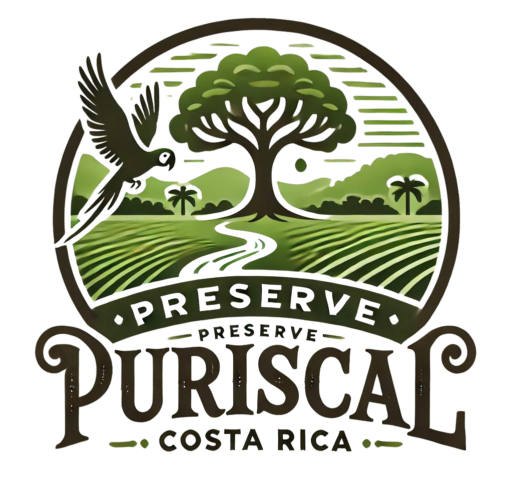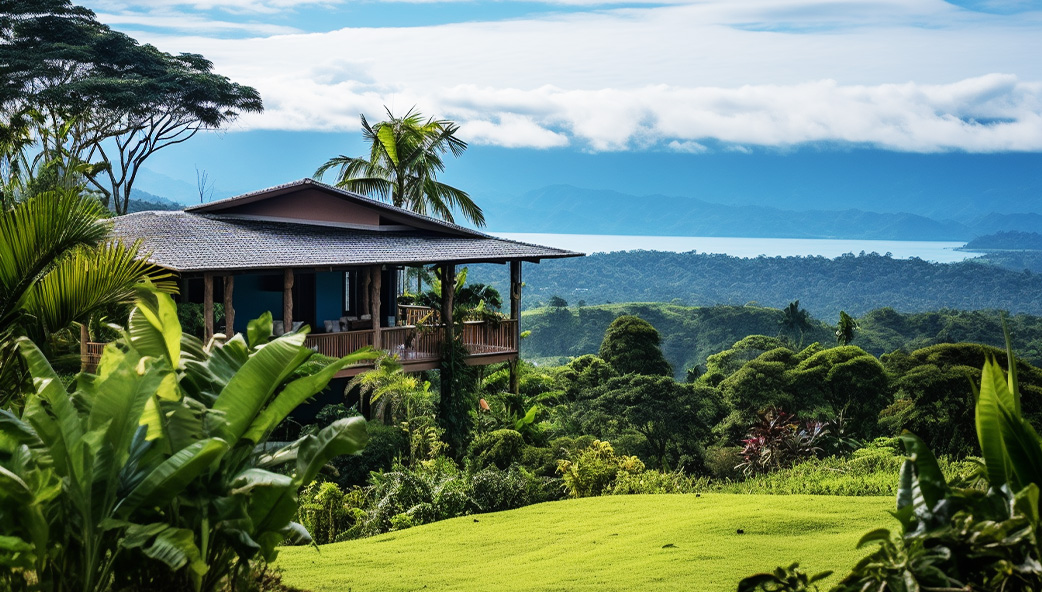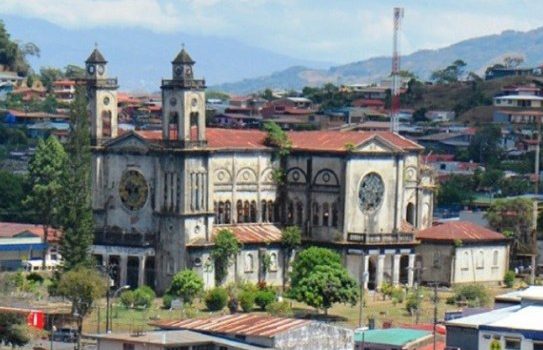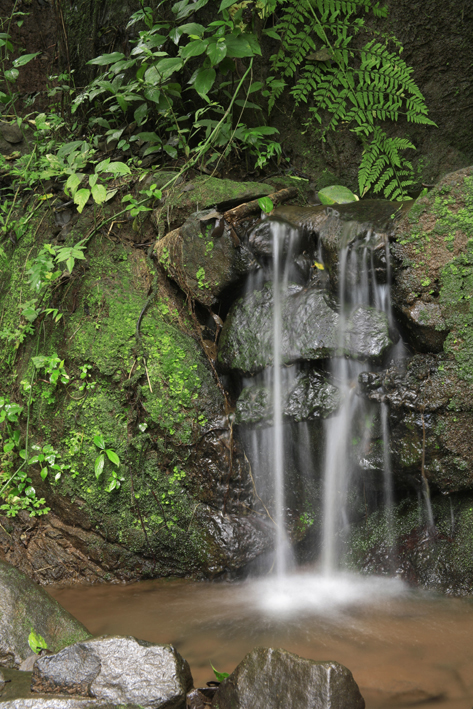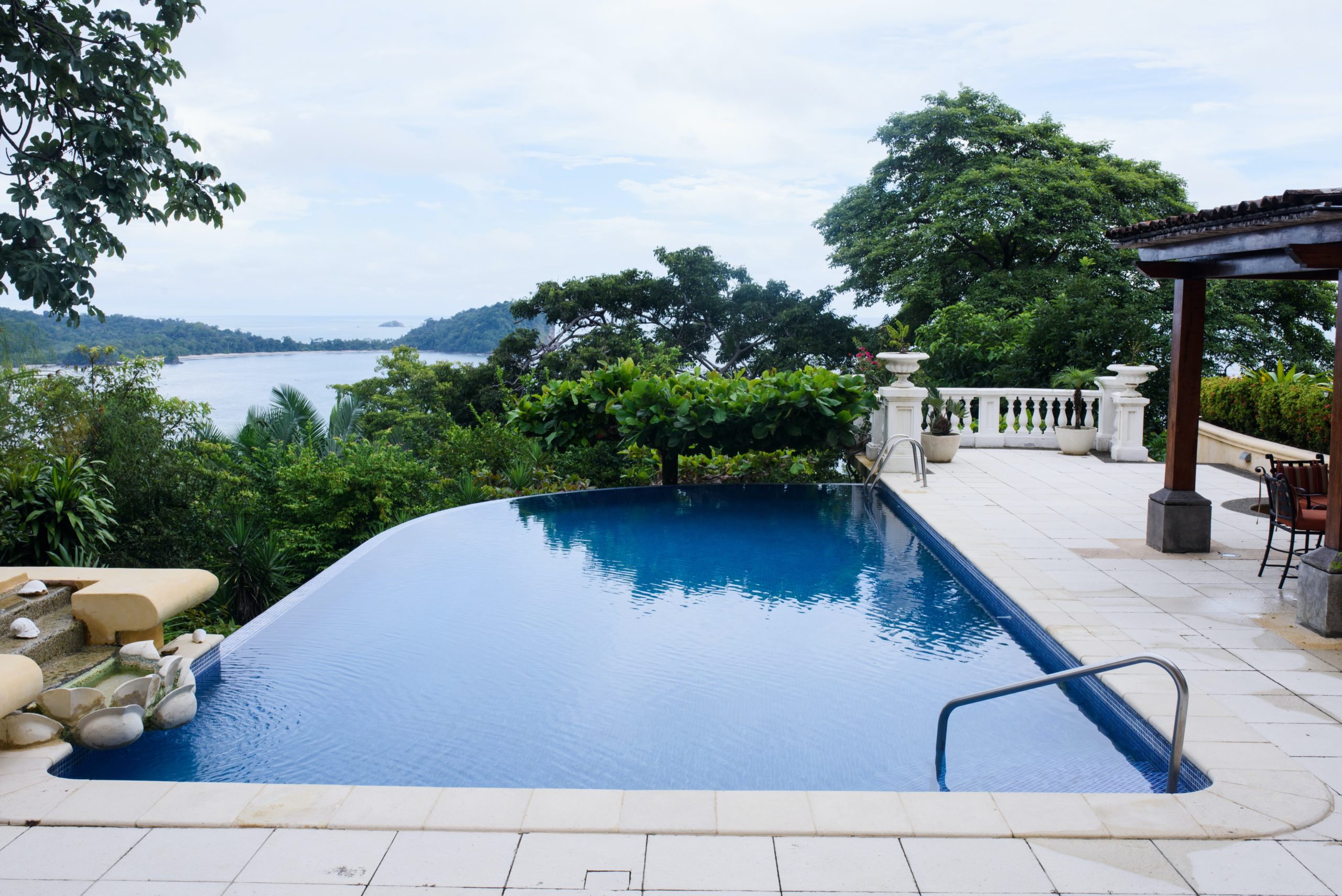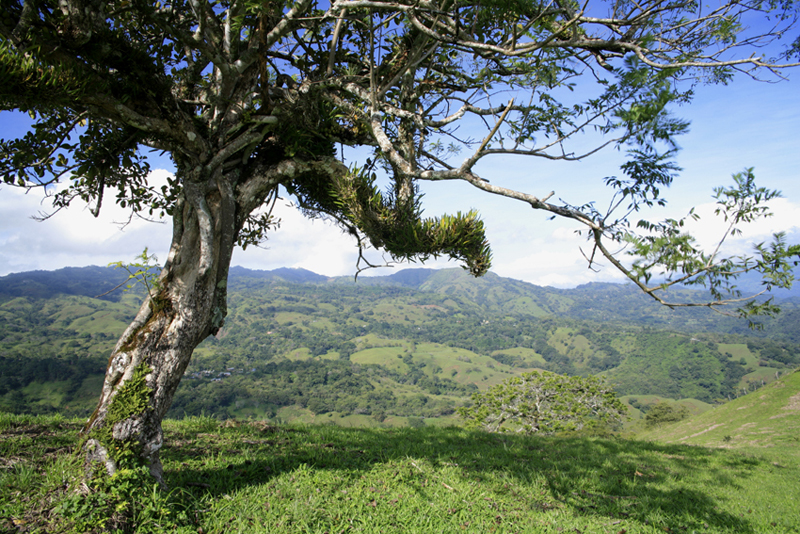
Costa Rica, renowned for its breathtaking landscapes and rich biodiversity, is a global leader in conservation. The country’s commitment to preserving its natural heritage is evident through its extensive network of protected areas and national parks.
However, with growing threats from deforestation, climate change, and human encroachment, the need for dedicated conservation land is more critical than ever. Here, we explore why conservation land is vital for safeguarding Costa Rica’s unique ecosystems and how you can contribute to these efforts.
Preserving Biodiversity
Costa Rica is home to approximately 5% of the world’s biodiversity, despite covering only 0.03% of the Earth’s surface. This remarkable concentration of flora and fauna includes thousands of plant species, diverse wildlife, and numerous endemic species found nowhere else on the planet.
Conservation land plays a crucial role in preserving these species by providing protected habitats where they can thrive without the pressures of habitat destruction and fragmentation.
Key Points:
- Habitat Protection: Conservation land ensures that critical habitats remain intact, offering safe havens for endangered species and promoting biodiversity.
- Ecosystem Services: Healthy ecosystems provide essential services such as water filtration, carbon sequestration, and soil stabilization, which are vital for human well-being.
- Genetic Diversity: Protected areas maintain genetic diversity within species, which is crucial for their adaptability and resilience to environmental changes.
Mitigating Climate Change
Forests and other natural landscapes act as significant carbon sinks, absorbing carbon dioxide from the atmosphere and helping to mitigate the impacts of climate change. Costa Rica’s forests are particularly effective in this regard, storing vast amounts of carbon and playing a pivotal role in global climate regulation.
Key Points:
- Carbon Sequestration: Conservation land helps sequester carbon, reducing greenhouse gas concentrations in the atmosphere and combating global warming.
- Climate Resilience: Preserved ecosystems enhance the resilience of natural landscapes to climate change, providing stable environments for wildlife and plant species.
Supporting Sustainable Development
Conservation land not only protects natural resources but also supports sustainable development by promoting eco-friendly practices and providing economic benefits to local communities. Eco-tourism, sustainable agriculture, and renewable energy projects are just a few examples of how conservation land can contribute to sustainable livelihoods.
Key Points:
- Eco-Tourism: Protected natural areas attract tourists from around the world, generating income for local communities and funding further conservation efforts.
- Sustainable Agriculture: Conservation land can be used for sustainable farming practices that maintain soil health and protect water resources.
- Renewable Energy: Implementing renewable energy projects on conservation land reduces reliance on fossil fuels and supports a greener future.
Engaging and Educating Communities
Community involvement is essential for successful conservation. By engaging local communities and fostering a sense of stewardship, conservation efforts can be more effective and sustainable. Education and awareness programs help build understanding and appreciation for the importance of preserving natural environments.
Key Points:
- Community Engagement: Involving local communities in conservation projects ensures that they have a vested interest in protecting their natural resources.
- Environmental Education: Educational programs on conservation land can inspire future generations to continue the legacy of environmental stewardship.
How You Can Help
Purchasing and managing conservation land in Costa Rica is a powerful way to contribute to these vital efforts. By investing in conservation properties, you help protect precious ecosystems, support sustainable development, and engage communities in preserving their natural heritage.
Key Points:
- Join Us: Explore our available properties in Puriscal, Costa Rica, and consider how your organization can make a meaningful impact.
- Support Conservation: Whether through direct purchase, donations, or volunteering, there are many ways to get involved in our conservation mission.
Final Thoughts
Conservation land is the cornerstone of preserving Costa Rica’s incredible biodiversity and natural beauty. By protecting these areas, we ensure that future generations can enjoy and benefit from the rich ecological heritage that Costa Rica offers. Together, we can make a significant difference in safeguarding the planet’s natural treasures.
For more information on how you can get involved, please contact us. Let’s work together to protect and preserve Costa Rica’s natural wonders.
